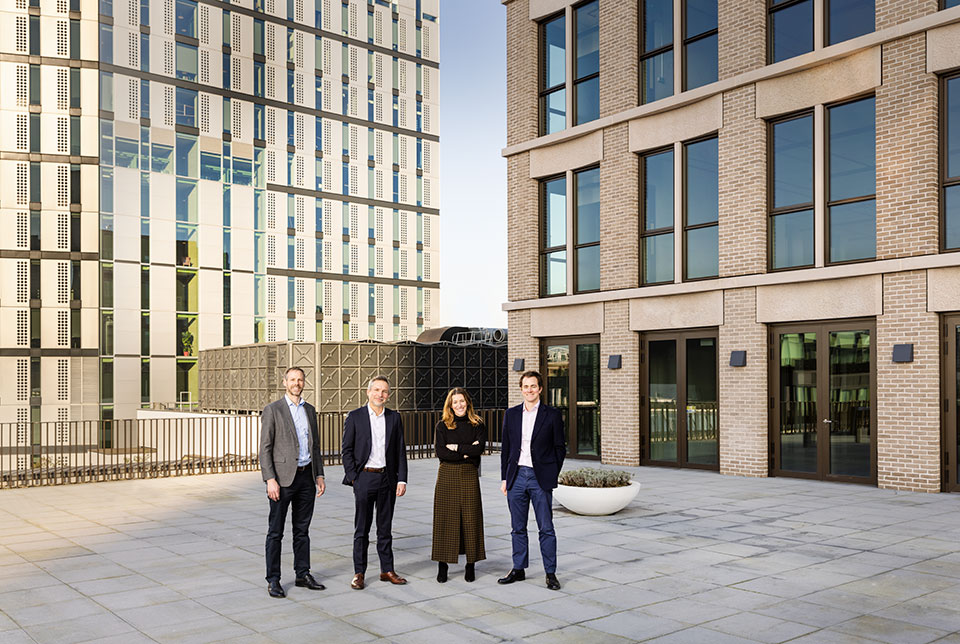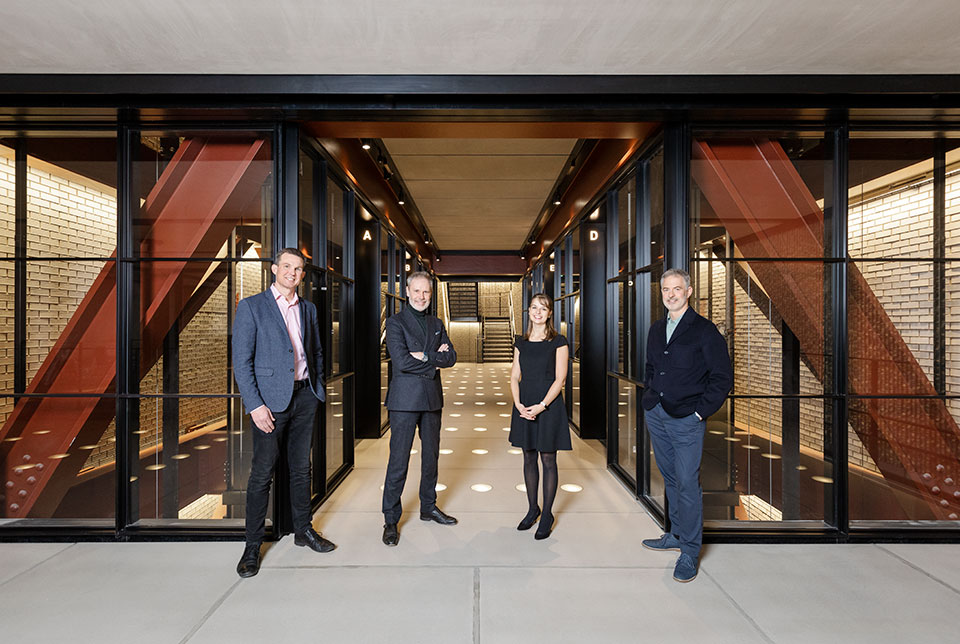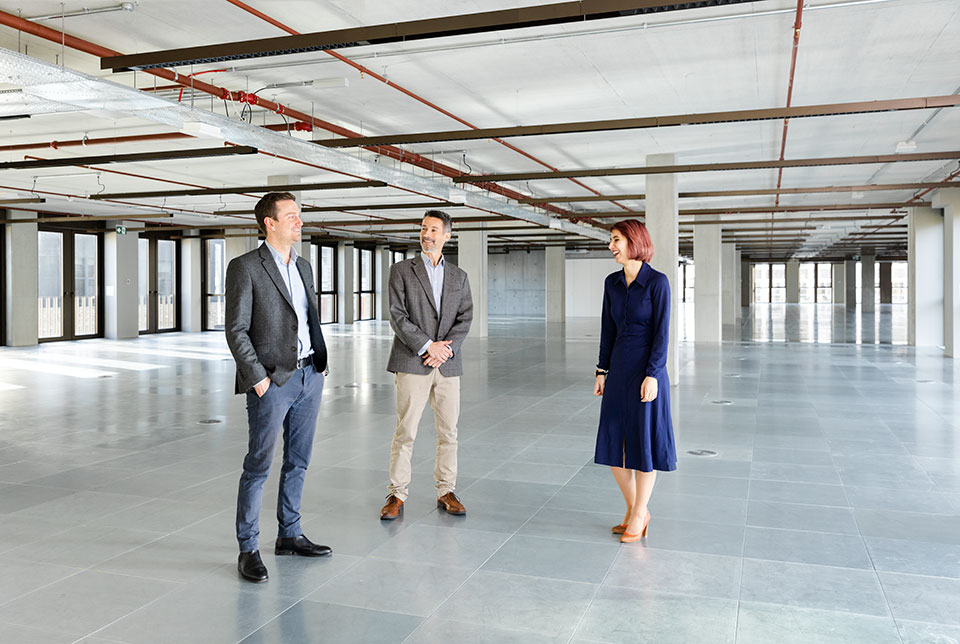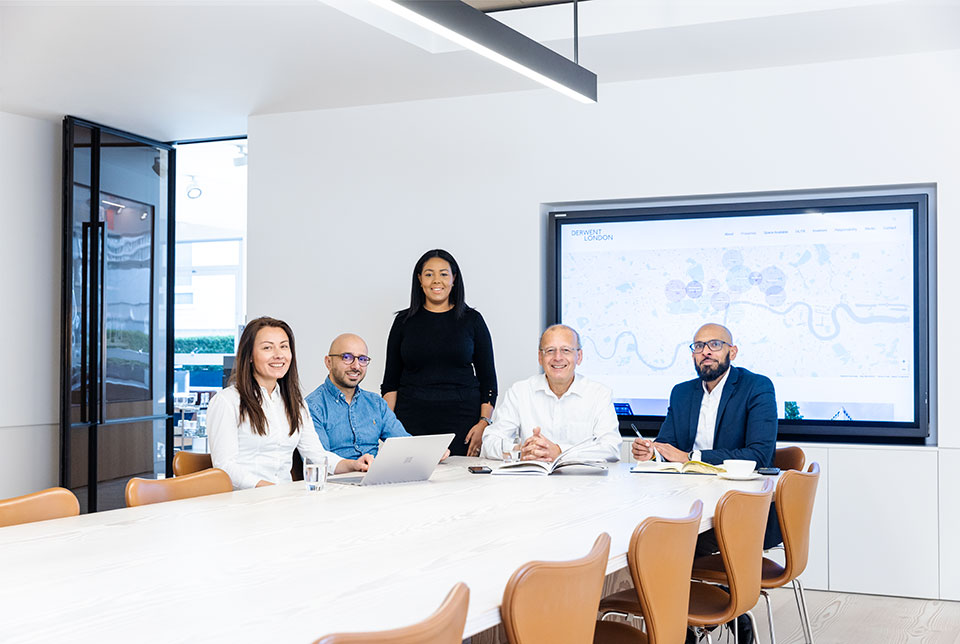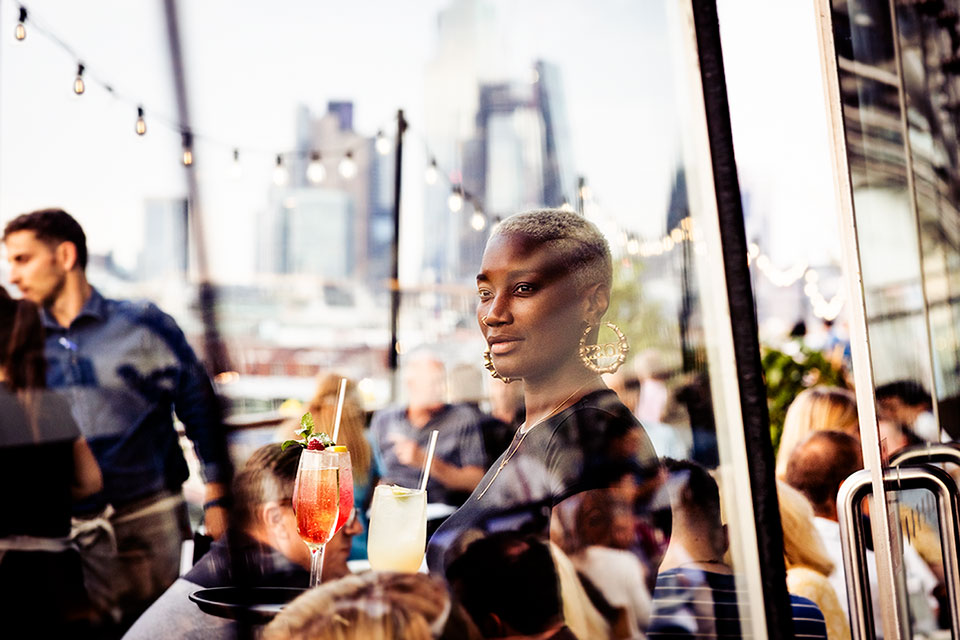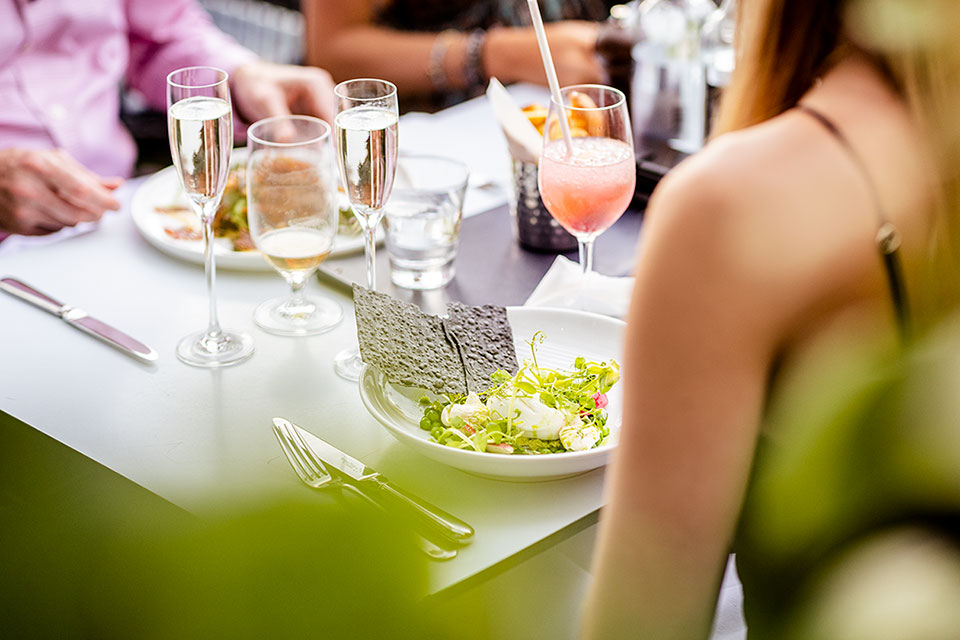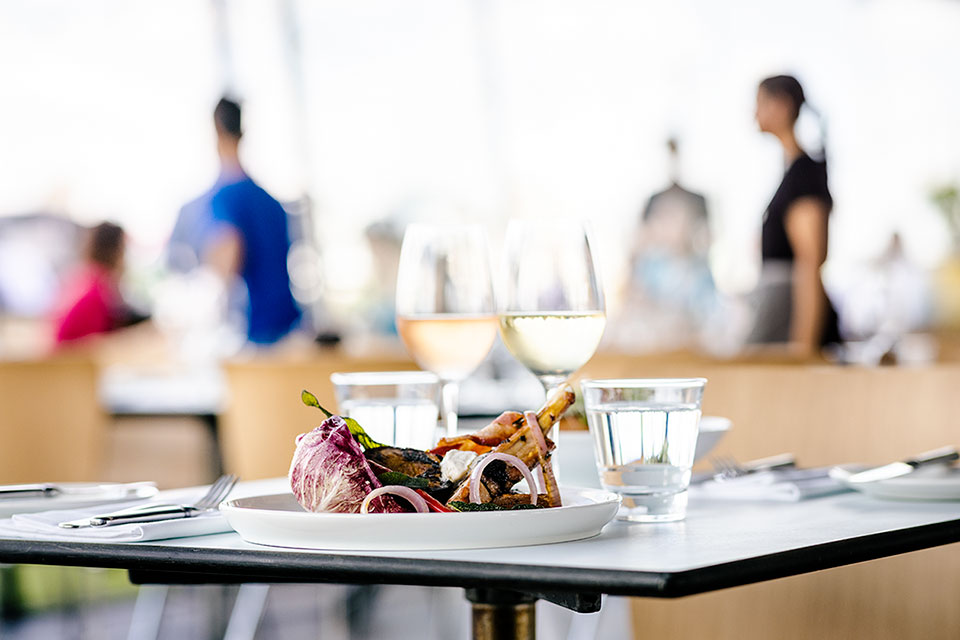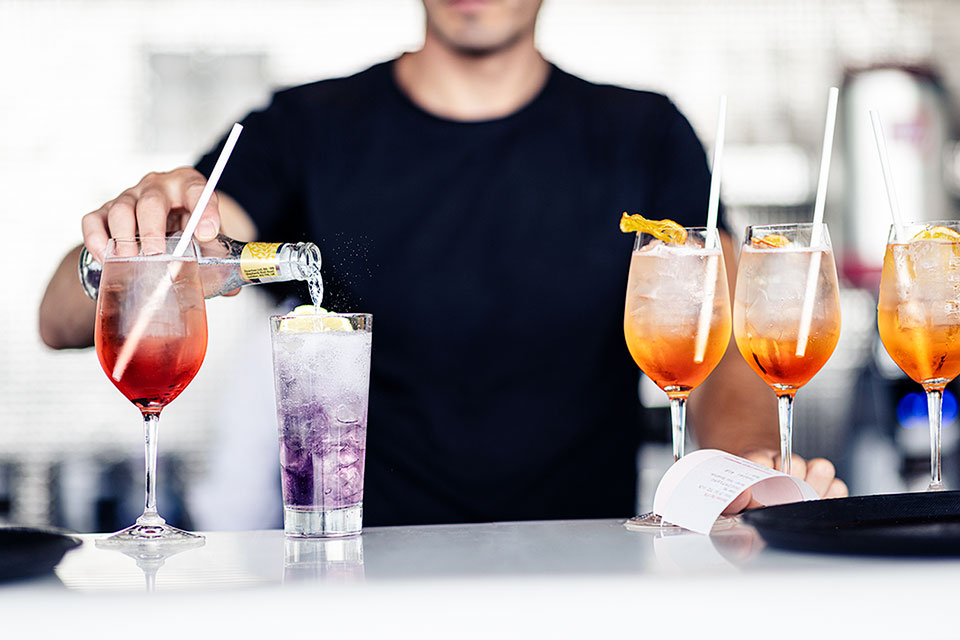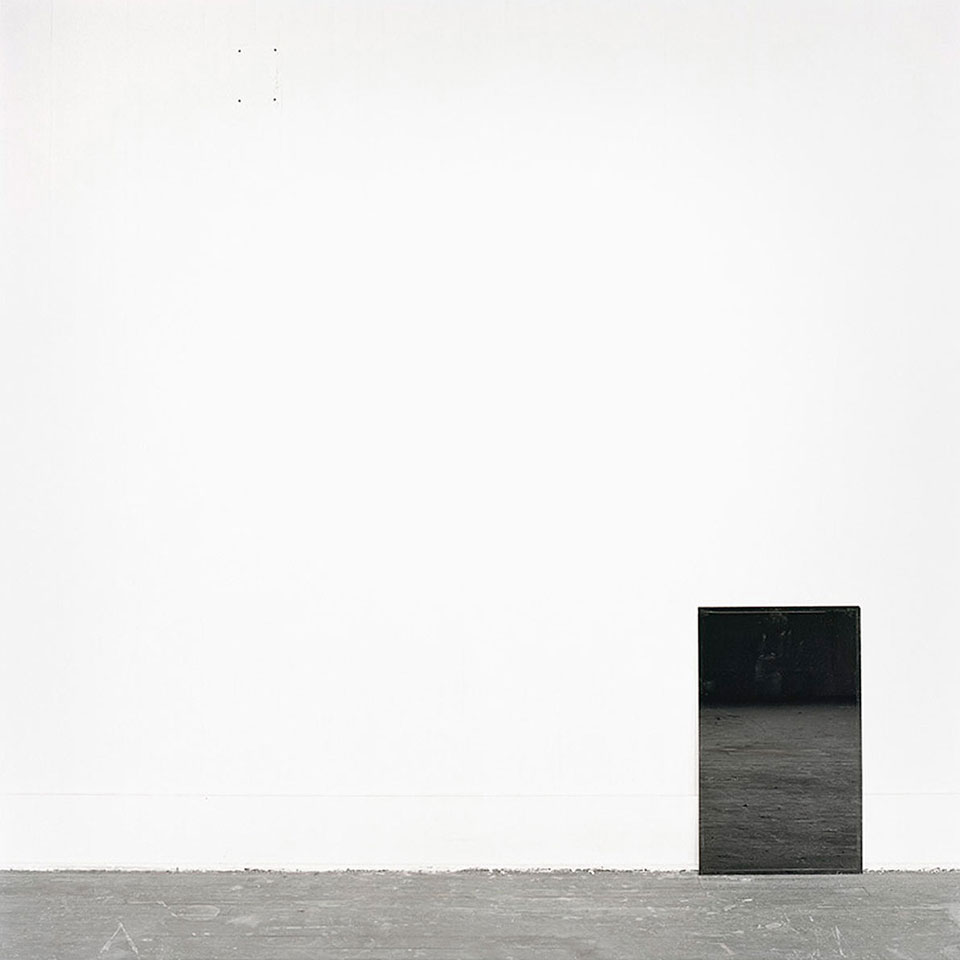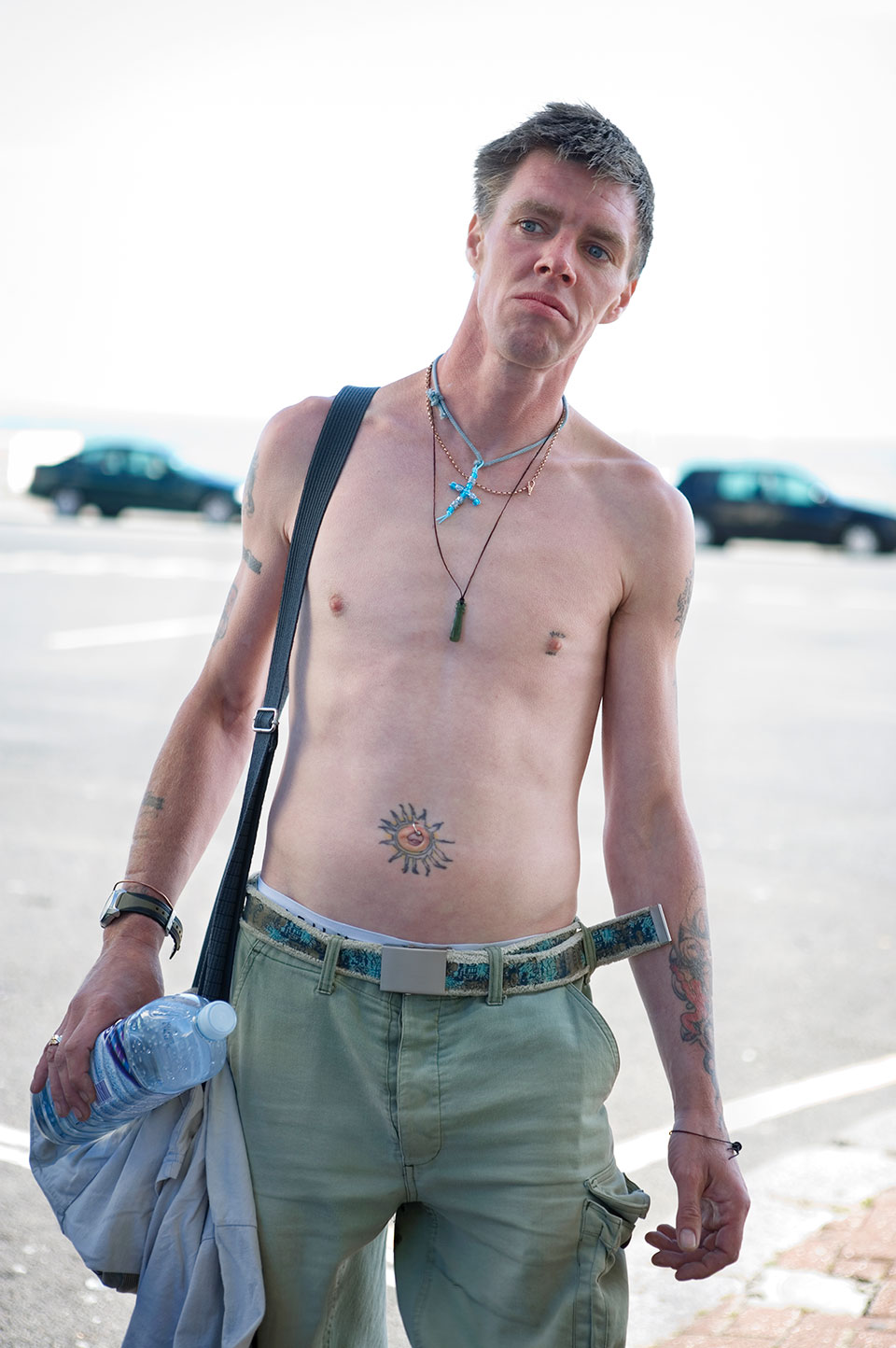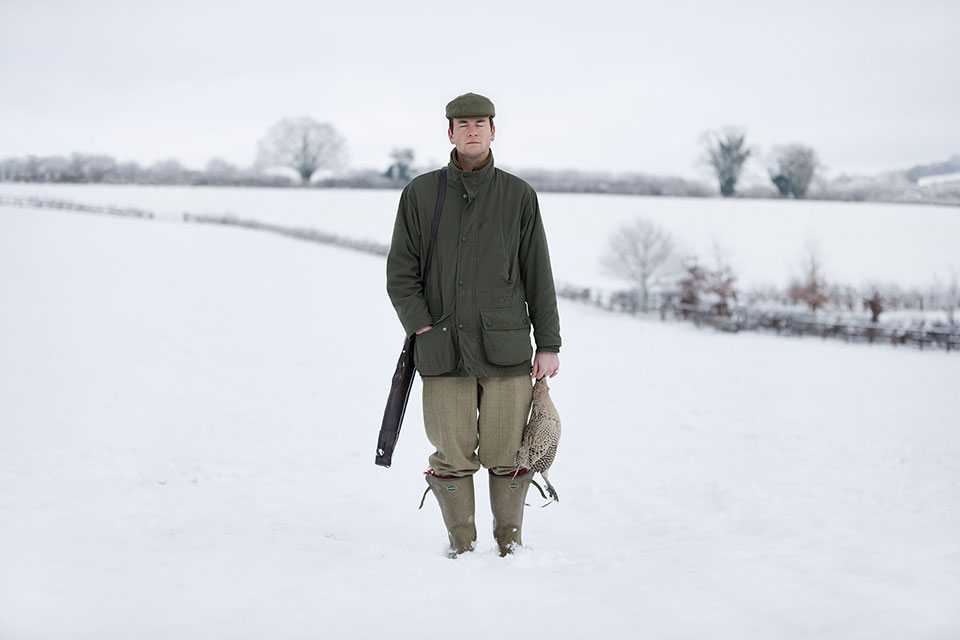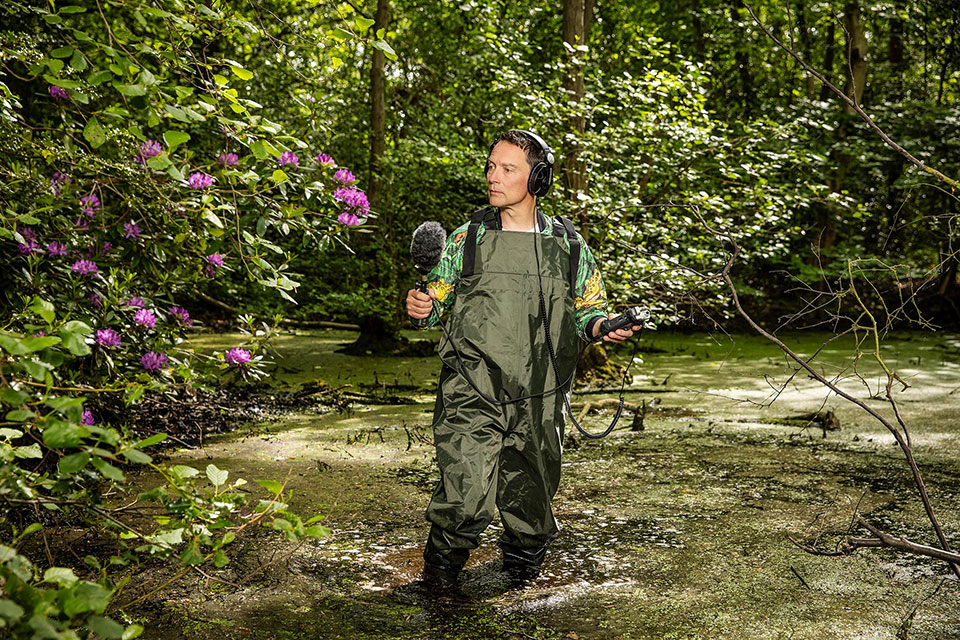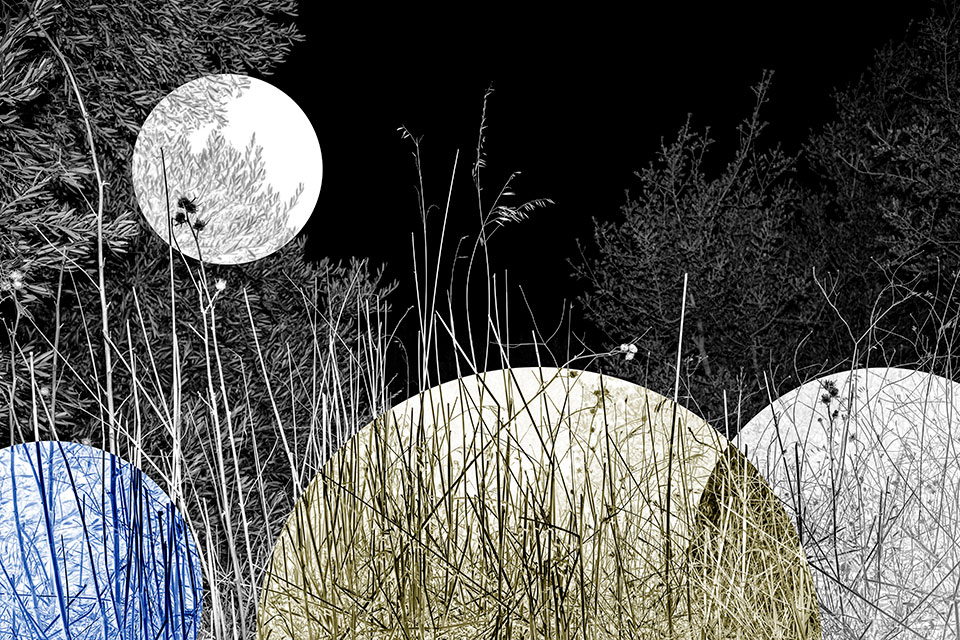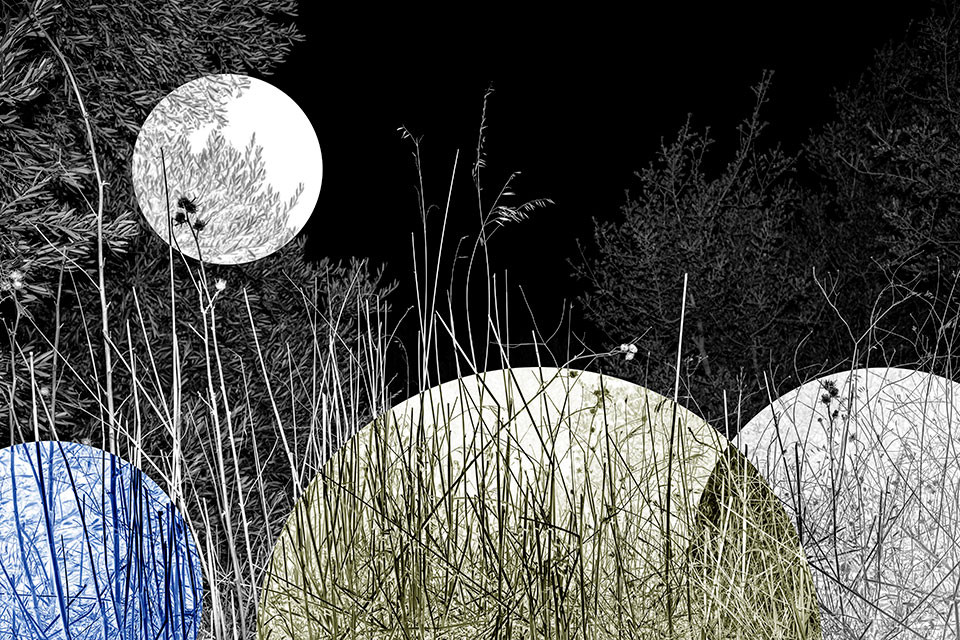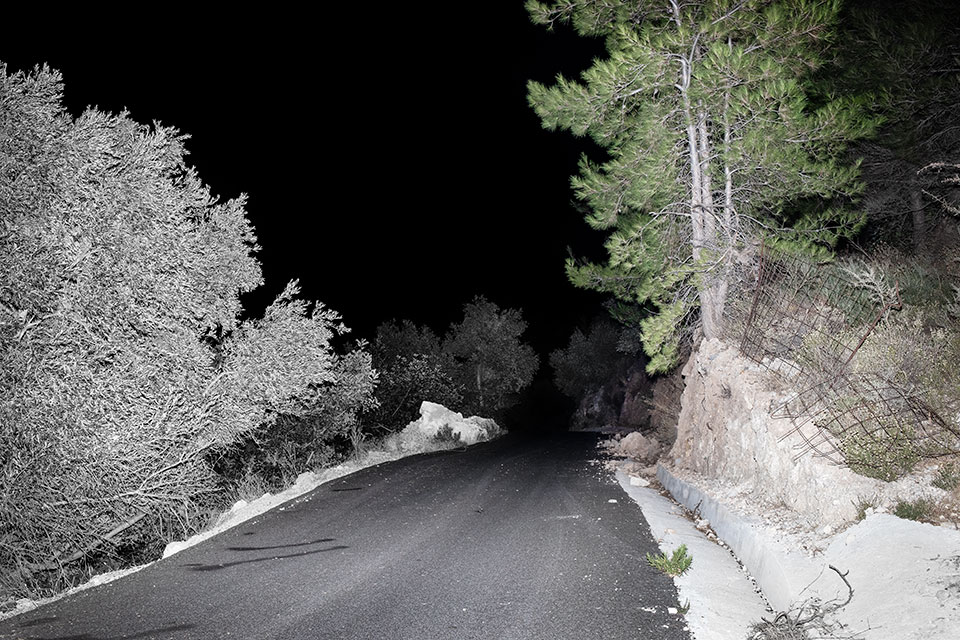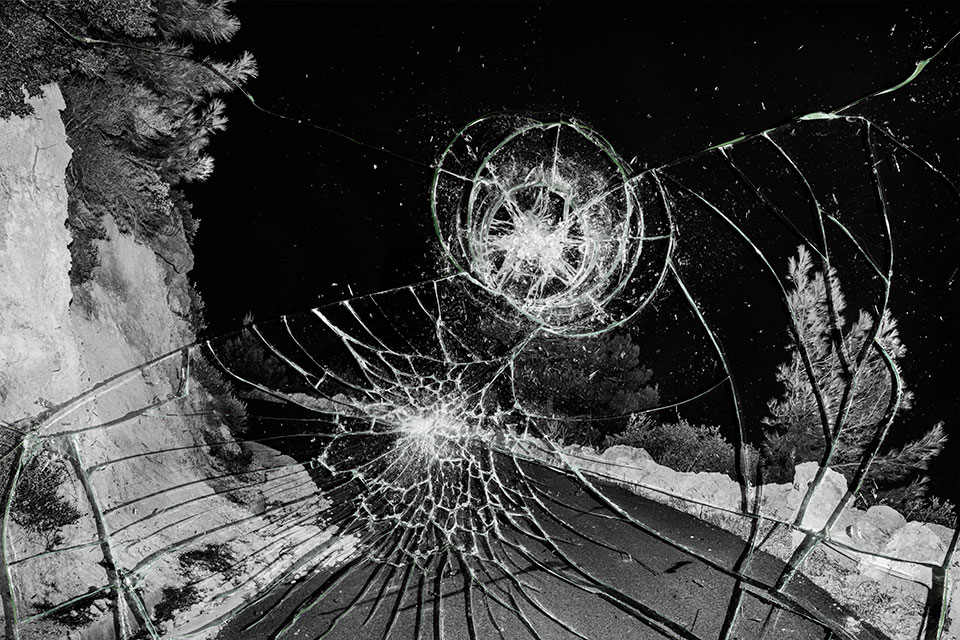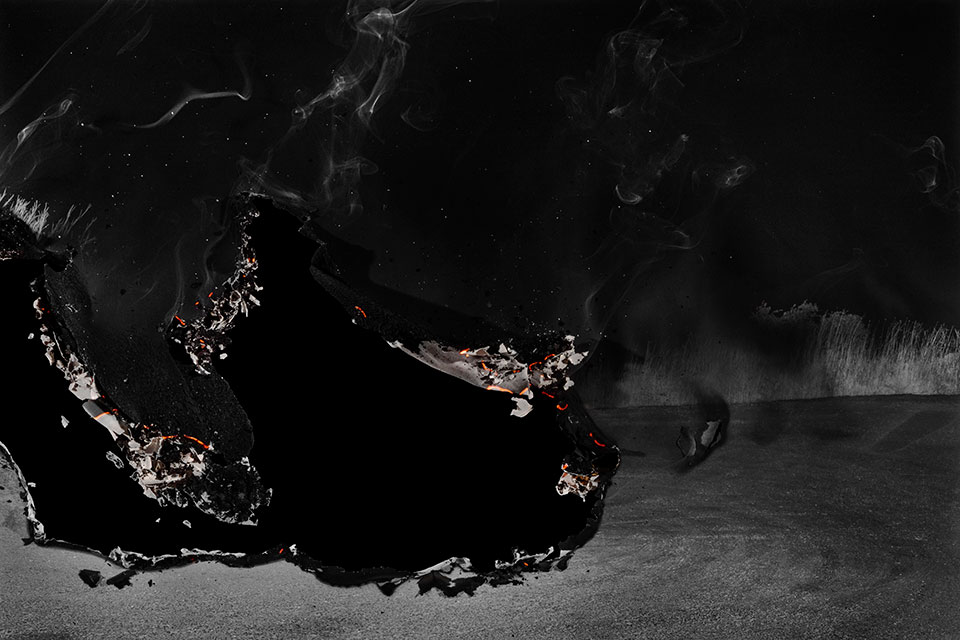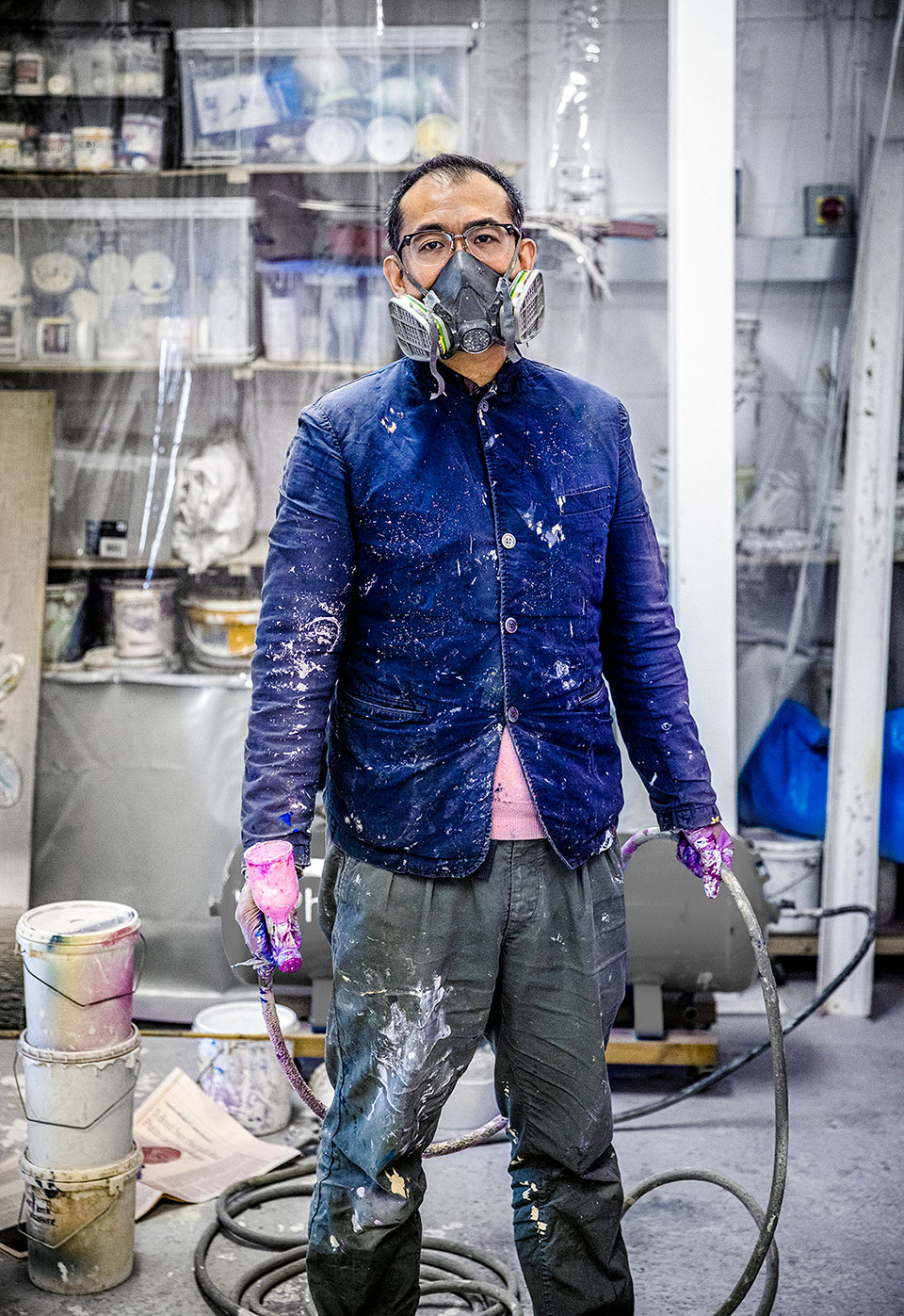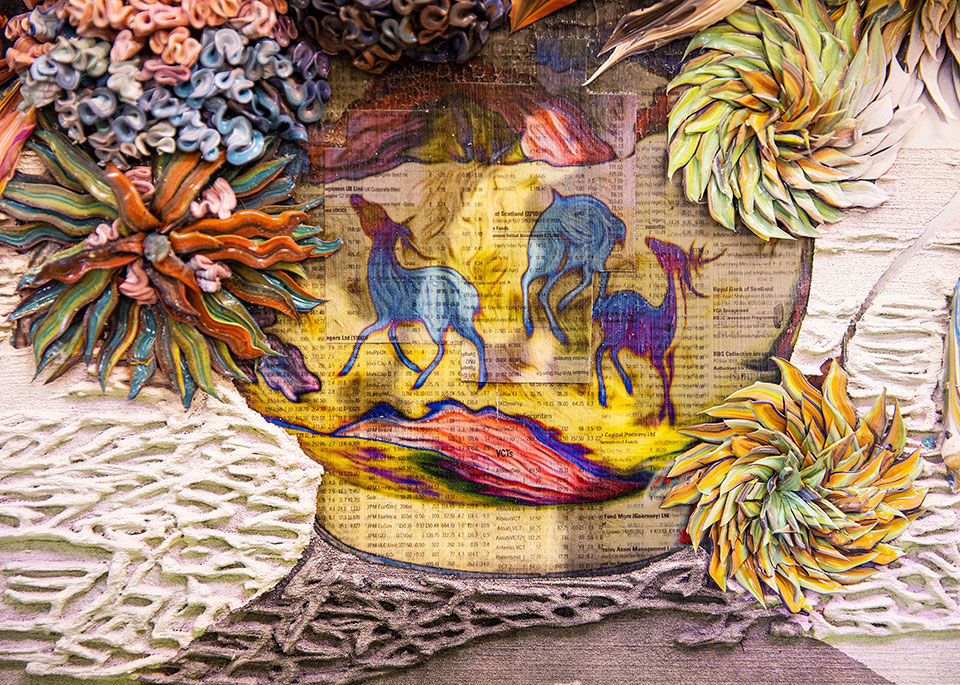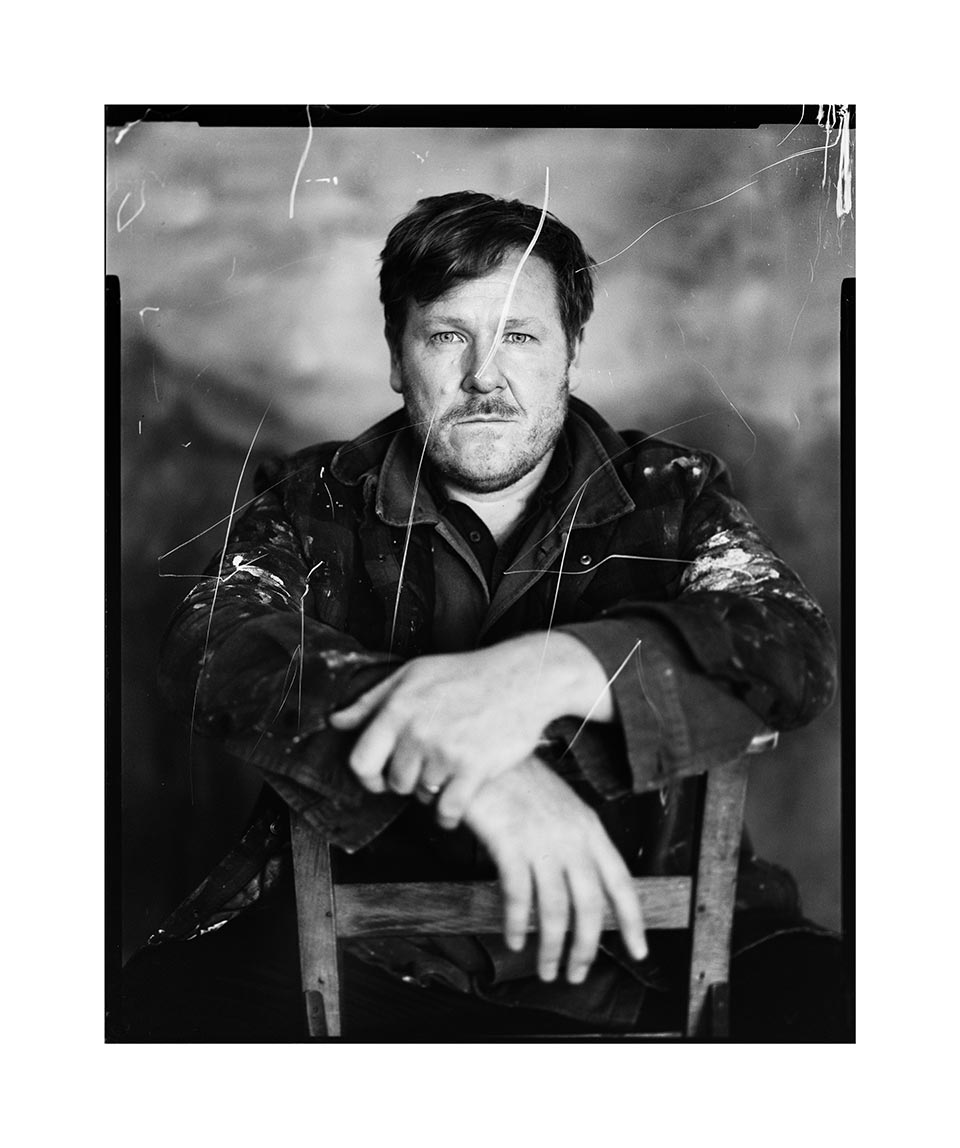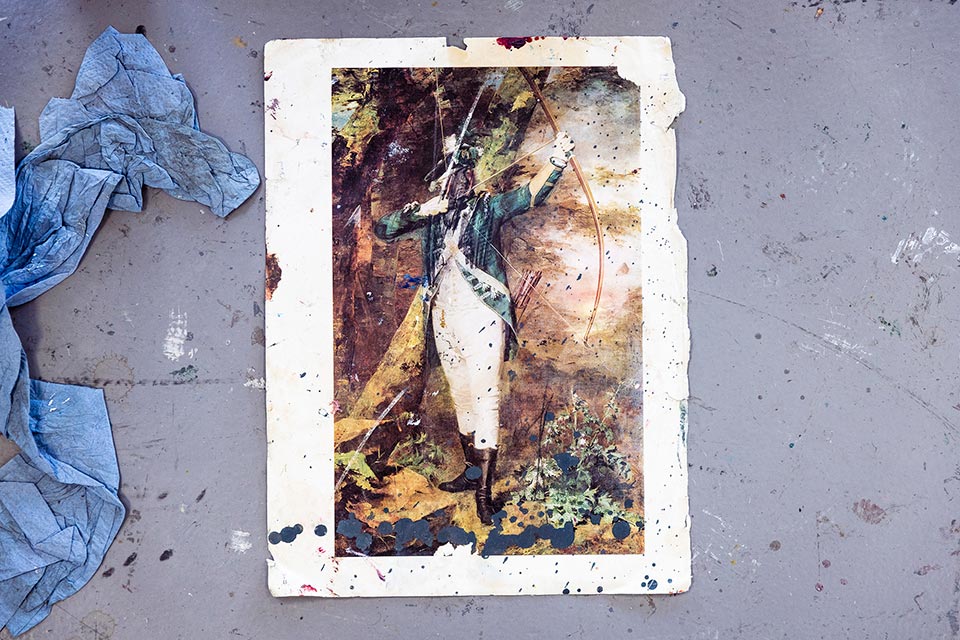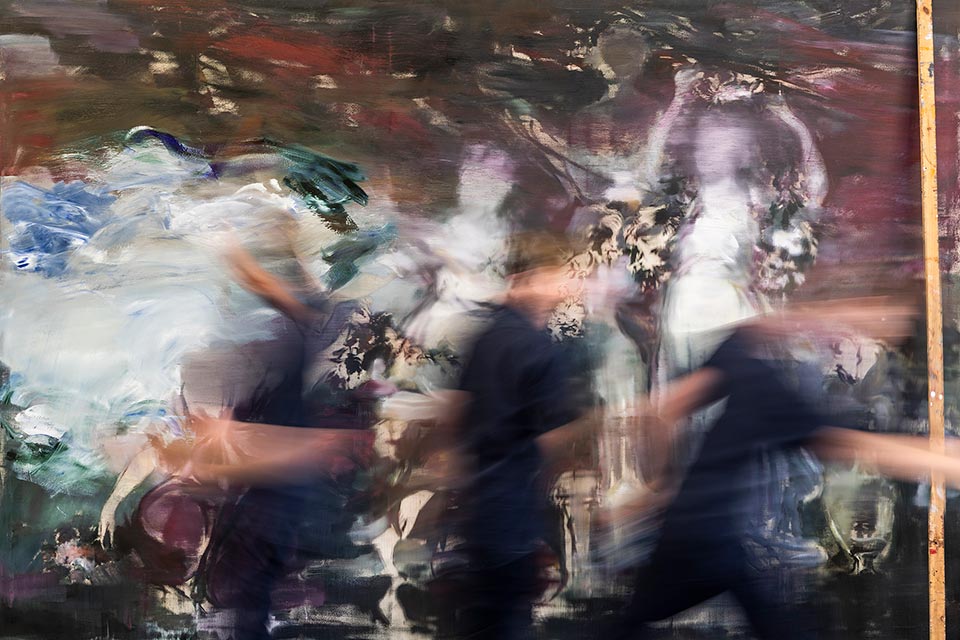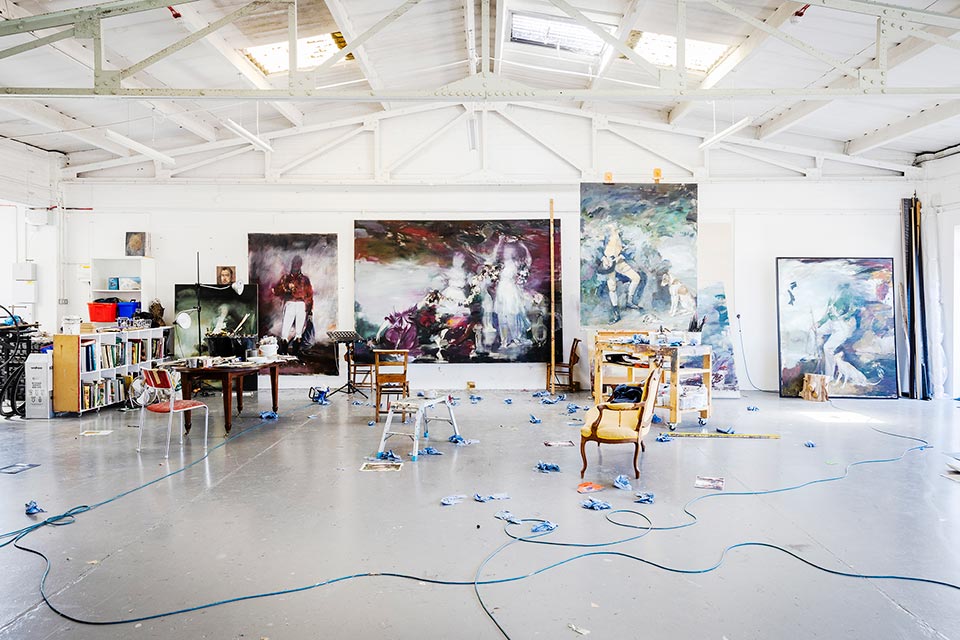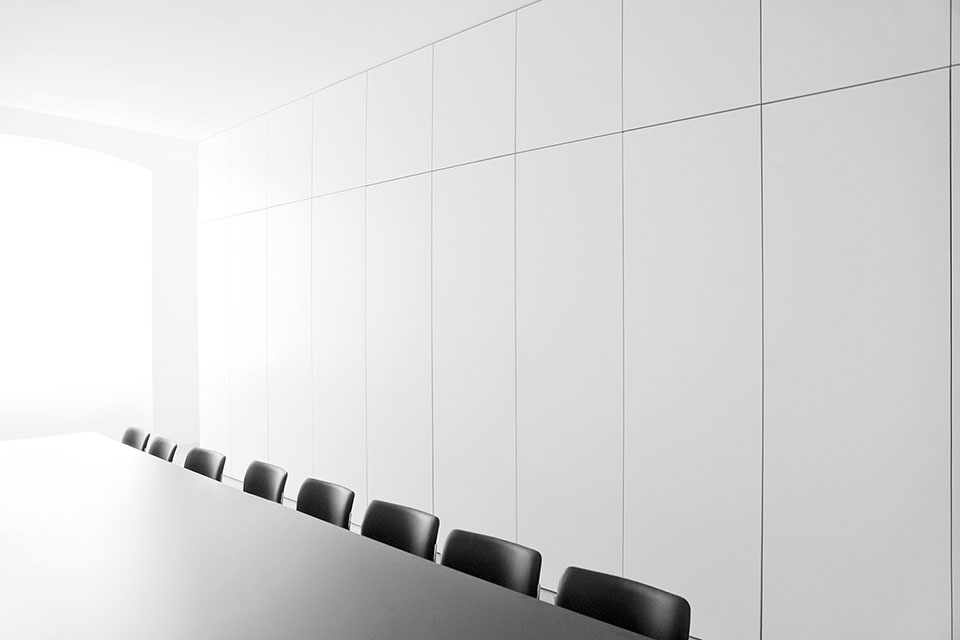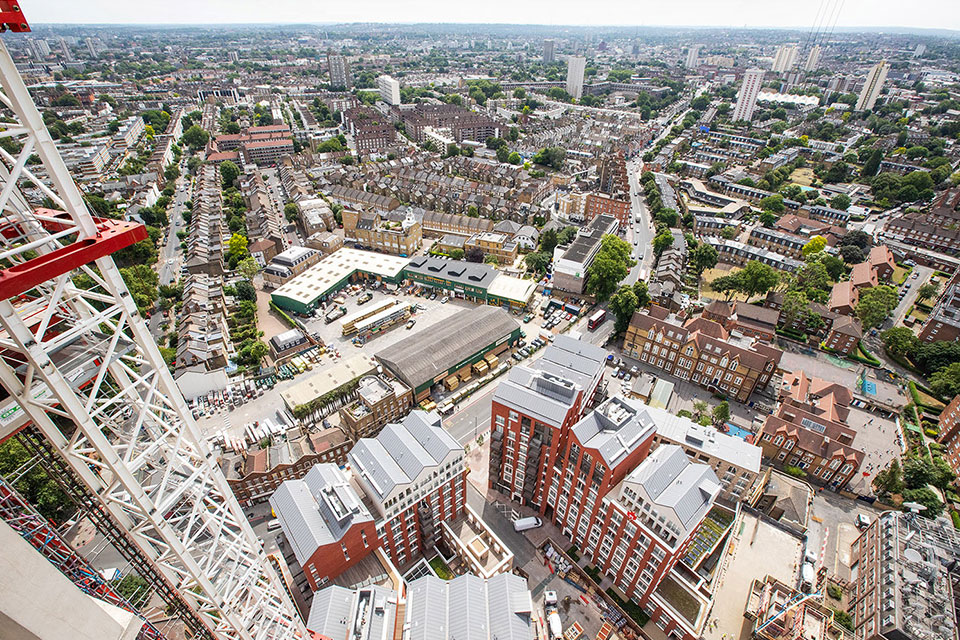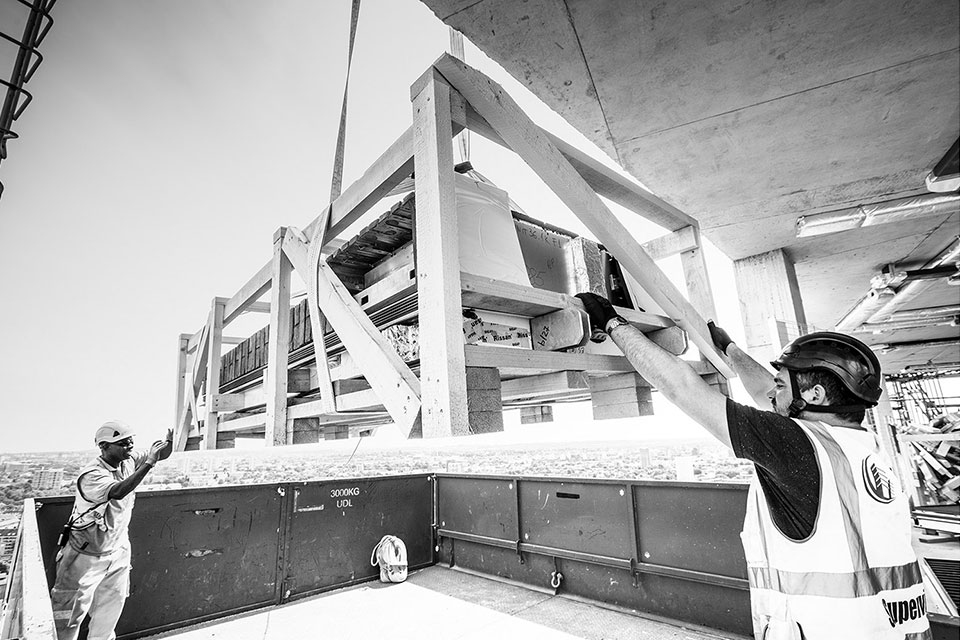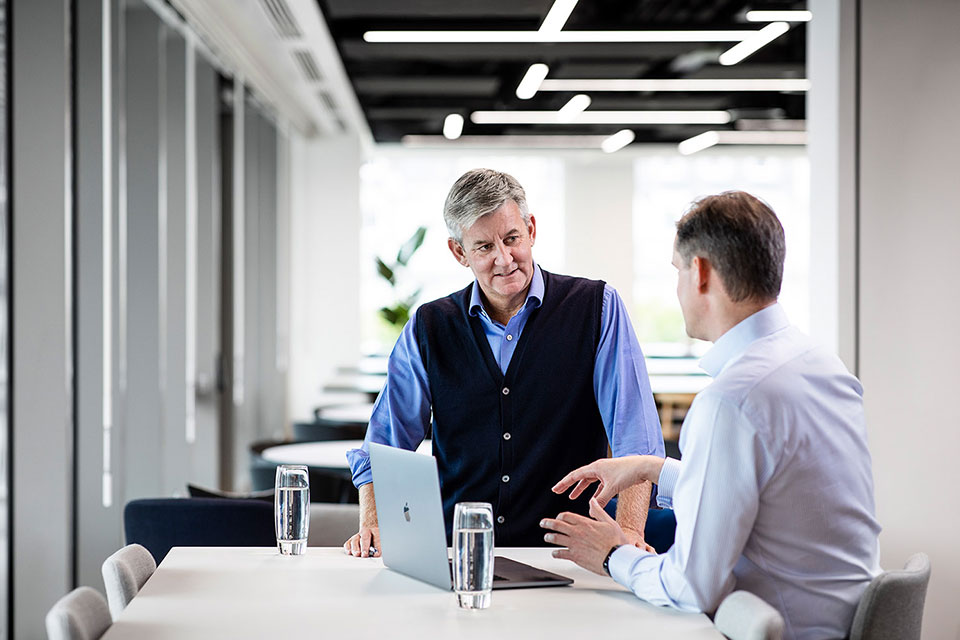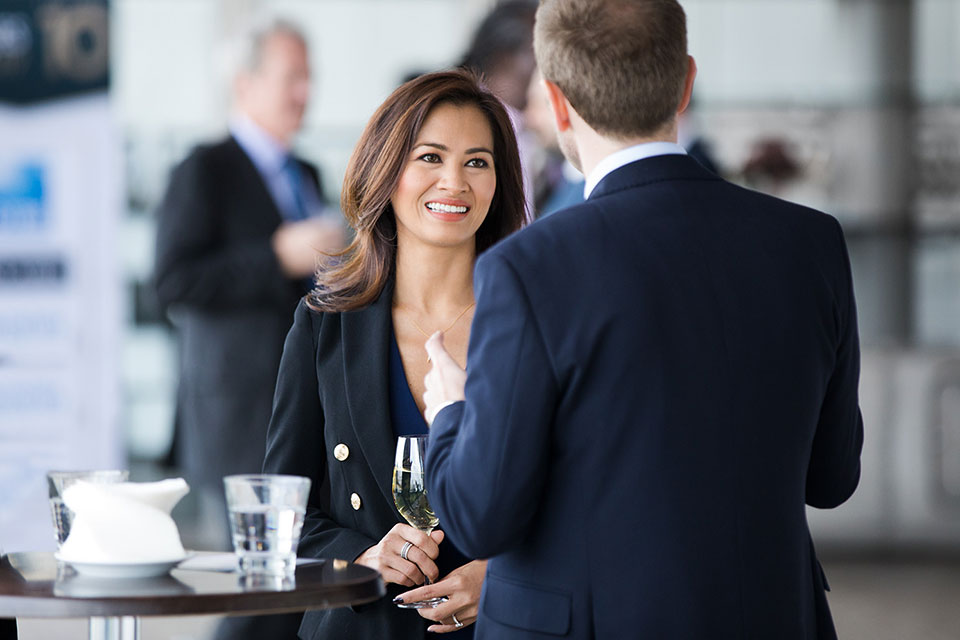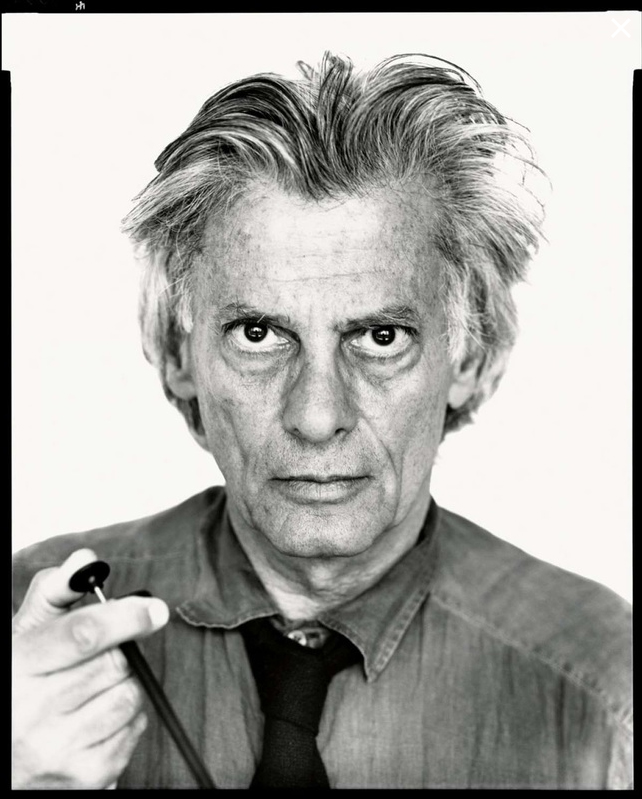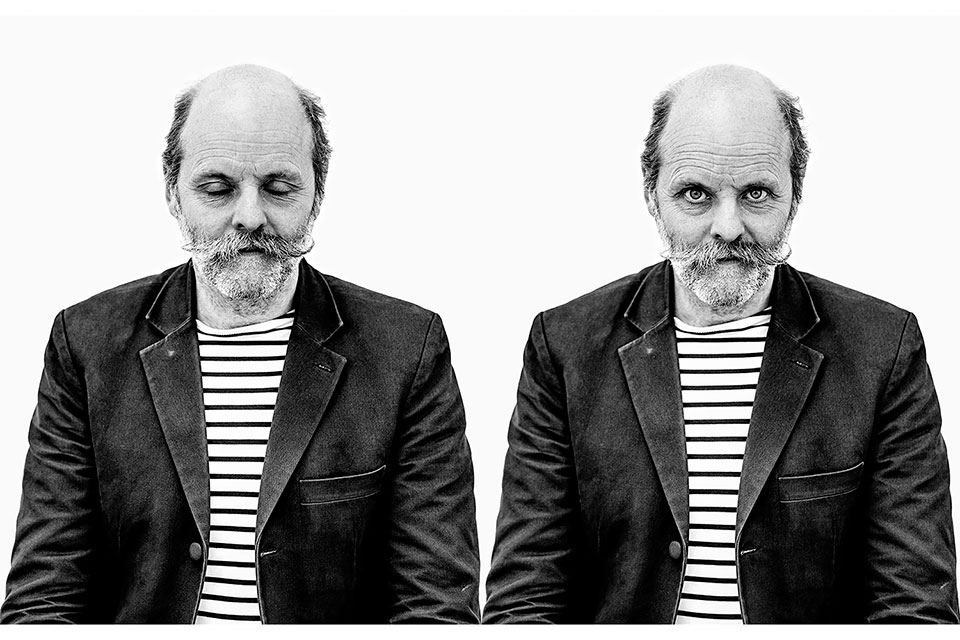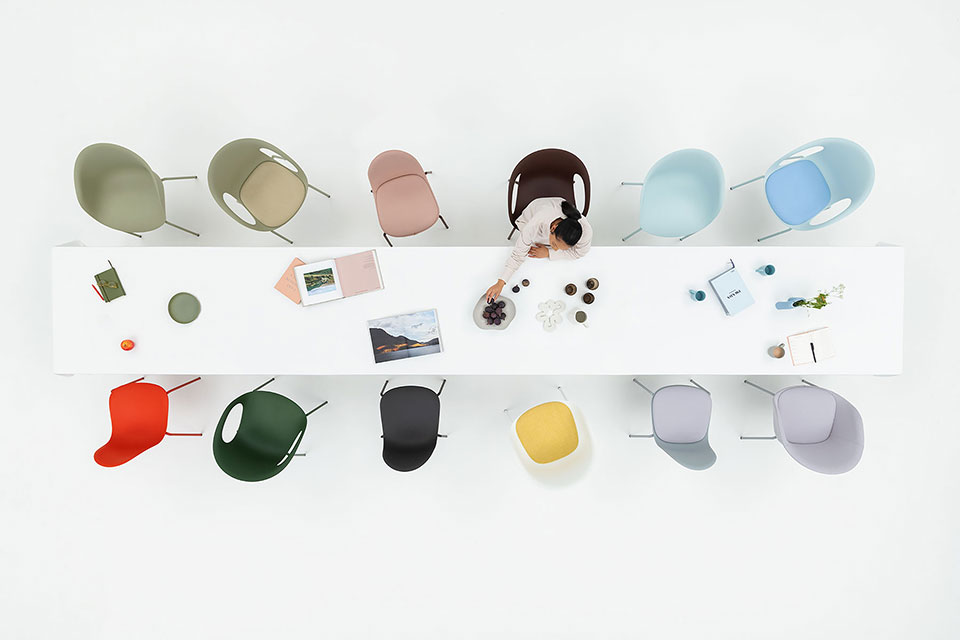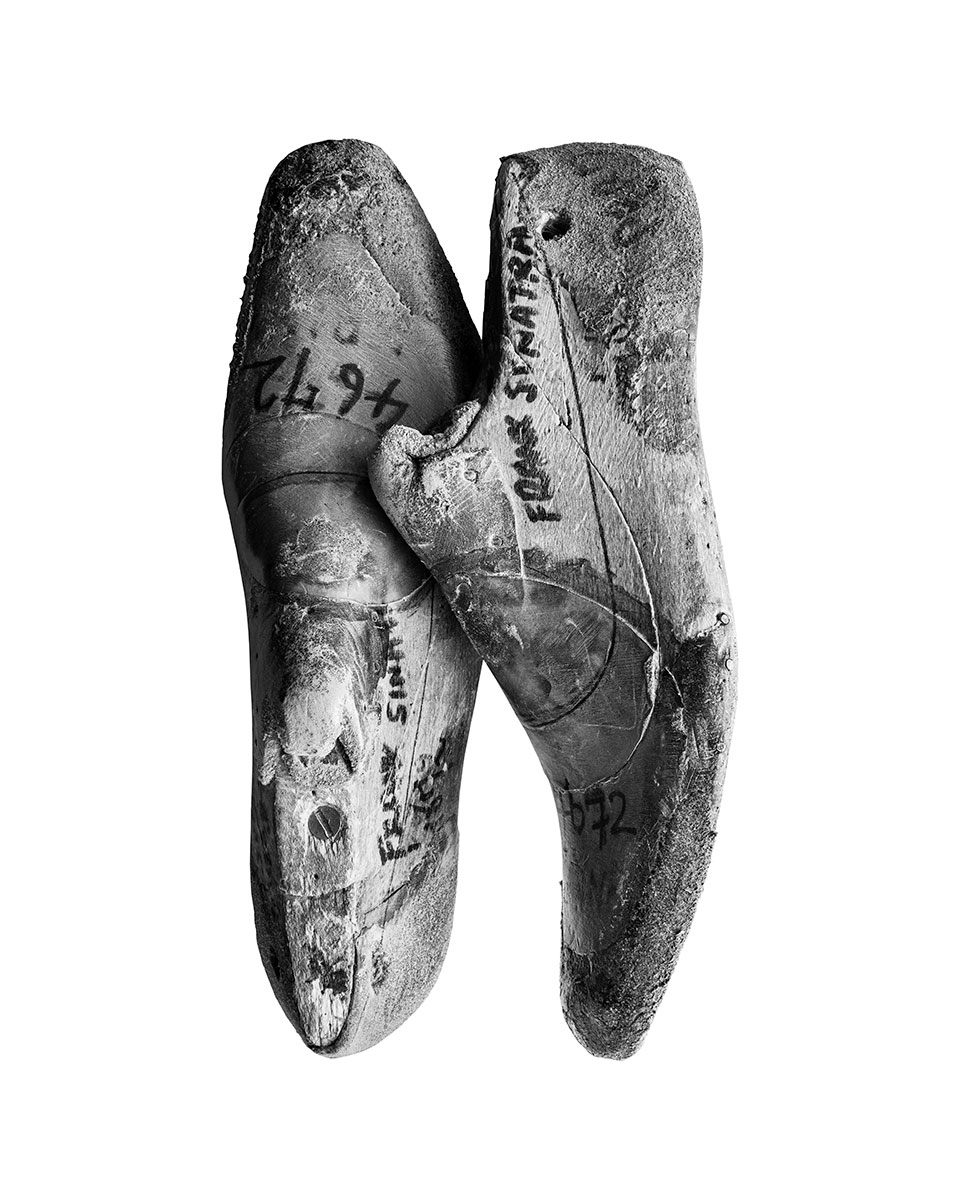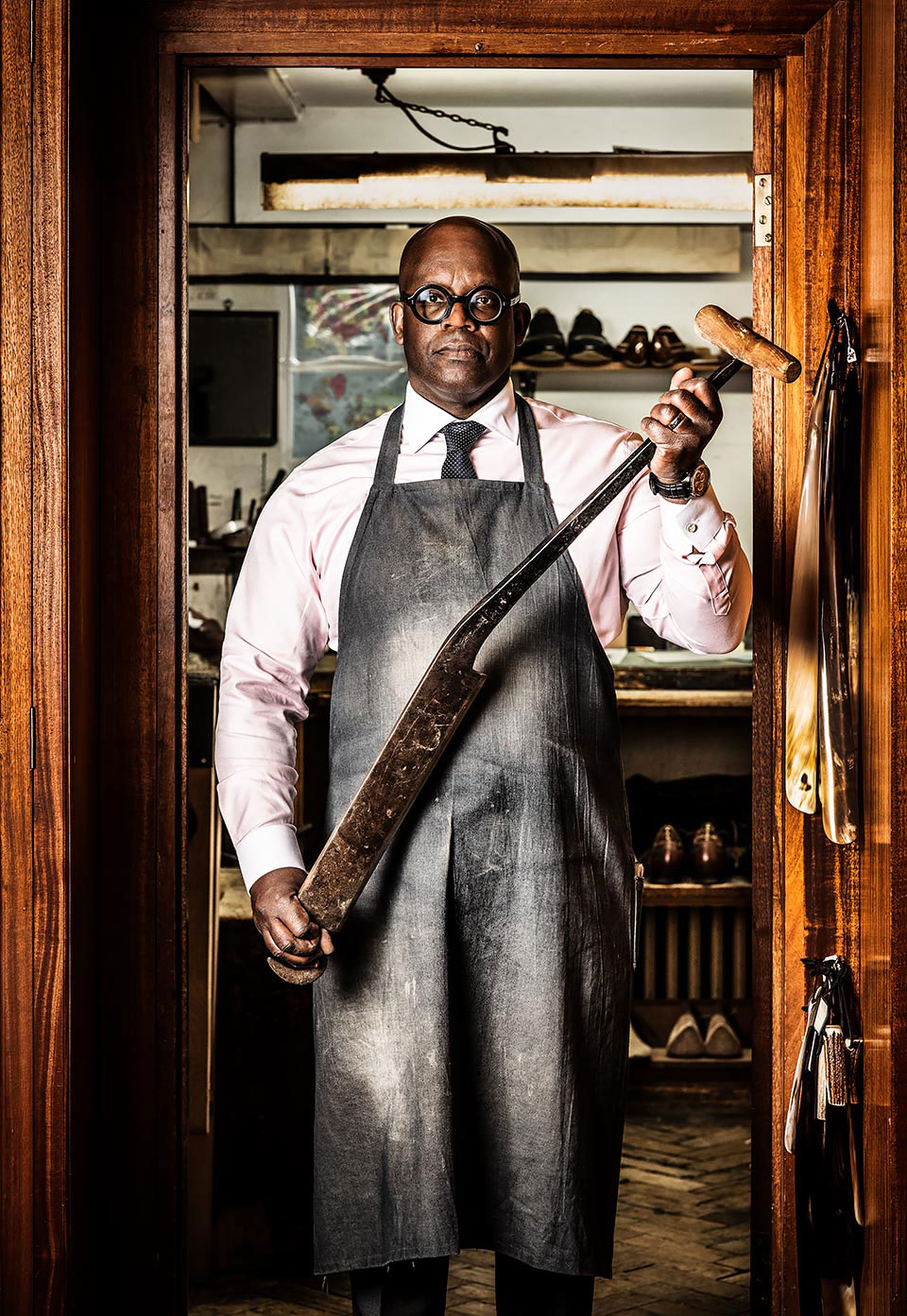Large Scale Corporate Photography Projects
Over the years, I’ve managed several large-scale corporate headshot, portrait, and lifestyle photography projects for companies such as Citibank, T. Rowe Price, Lazard Bank, Octopus Energy and American Express. I’ve carried out different types of photographic shoots in locations including Bolivia, Dubai, San Francisco, Boston, Helsinki, Stuttgart, Dusseldorf, and Paris.
Corporate clients commission the corporate photography to use extensively:
– throughout their website
– in magazines, promotional materials, and blog posts
– in press releases and presentations
– on social media
– for internal use

Most shoots take place in London and throughout the UK, but I often travel abroad to photograph employees at their partner offices too. As you can imagine, there are many moving parts involved in organising a large-scale, international corporate photography shoot. Depending on the complexity of the project and the number of locations, it can take several weeks to organise. Here, I share my process and how I manage global shoots for corporate headshots, portrait, and lifestyle images on a significant scale.
Pre-planning & Project Management
– Client Brief: One or more online meetings may take place to discuss a client’s desired images. Headshots are typically requested for between 50 and 200 people. Most clients request a uniform, formal, and professional result against the same background. This background can be a paper backdrop or the interior space of an office. An advantage of the paper backdrop option is that the look and feel of the portraits can be unified from shoots in different offices in different countries. Sometimes a client will request spontaneous corporate lifestyle images taken in specific locations around an office, showing people working at their desks, socialising, or having meetings.
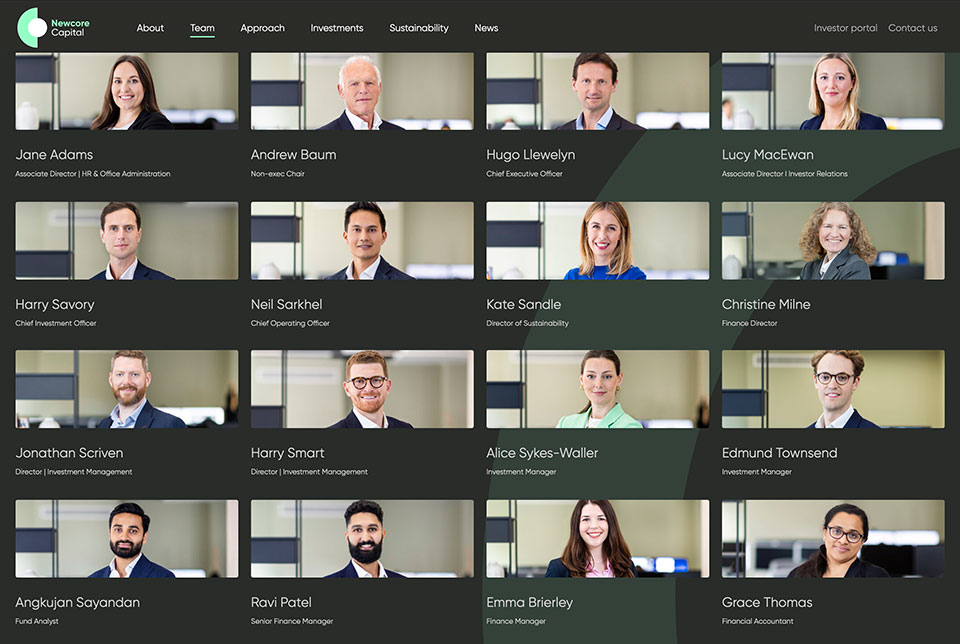
– Timetables: I work closely with internal office managers to line up diaries of the employees being photographed. These tend to be extremely busy people who travel regularly, and inevitably, they’re not all going to be available on the same day and in the same week. I often have to revisit locations to photograph people missed from the original shoot.
– Sourcing Locations: A significant amount of time is spent finding suitable locations for the shots. The client can do a walk around of their office spaces and remotely show me still images and videos that they’ve shot. Between us, we roughly work out an initial approach but typically, an in-person recce of the locations is also required.
– Recce Time: If I have to travel to another country, I tend to book in time the day before the shoot to come to an office to carry out a recce with the client, to look around their building, to find specific backgrounds that will be effective. Often, a client requests headshots taken in the same location, whereas some clients want a range of different backgrounds to generate variety within the shots. Depending on the nature of the offices it can be a challenge to find a range of backgrounds that are a) available and b) look good for the headshots.

– Flights & Hotels: Booking flights and hotels for multi-location shoots can be a time-consuming task. Flight times have to tie in with different time zones and shooting dates, sometimes allowing sufficient time to recover from jet lag.
– Transporting Equipment: Transporting photography equipment internationally can become a complex process. Considerations include ensuring that cameras, lenses, and lighting equipment are packed securely, to avoid damage. Lithium batteries have their particular packing requirements for flights regarding the number of batteries allowed and whether they must be taken within carry-on luggage as opposed to going in the hold. For some countries, paperwork must be completed for equipment to be taken through customs, and failure to do so can result in some or all of the equipment being seized until permissions have been cleared.
– Digital Operators: Typically, I will source digital operators to work with me on these shoots. In most situations, my camera is tethered to a laptop attached to a large screen, so the client can view the images as they’re being produced. The digital operator will create multiple backups of all content taken and label the files as we shoot. They will also create multiple formats, for example, low-resolution JPEGs for selection purposes, and high-resolution TIFFs and RAW files for retouching later.
– Sourcing Professionals: I can also be responsible for sourcing, managing, and paying suitable professionals for multiple shoots in each location, e.g. lighting assistants, hair stylists, and make-up artists.
– Supplying images: After the shoot, the client is supplied with low-resolution images to make final selections. I’ll typically send 30-40 shots of each person and the client will narrow these down to approximately 5 shots to show the individual. One or two final images per person are typically selected for optimisation.

– Retouching: Retouching selected images is a significant task in each large-scale project. I could easily end up shooting over 200 headshot and lifestyle images that all need to be optimised and refined afterward. This is a process I can complete for a client although this is often carried out in-house by the client.
Email richard@richardbollphotography.com to discuss your next large-scale corporate photography project. See more corporate portrait and lifestyle images I’ve shot here.
